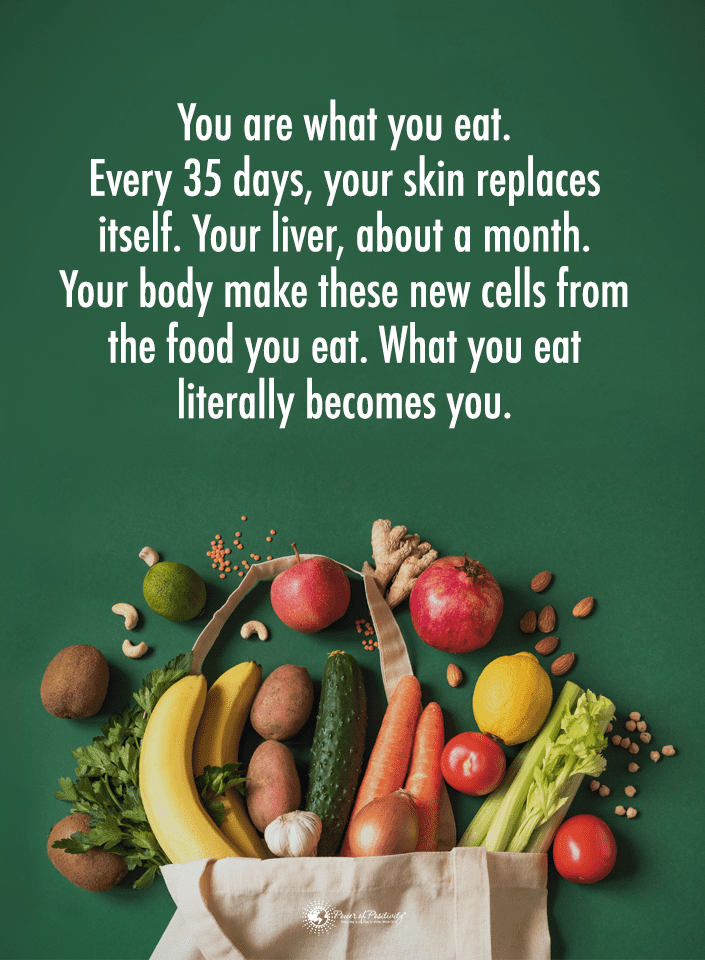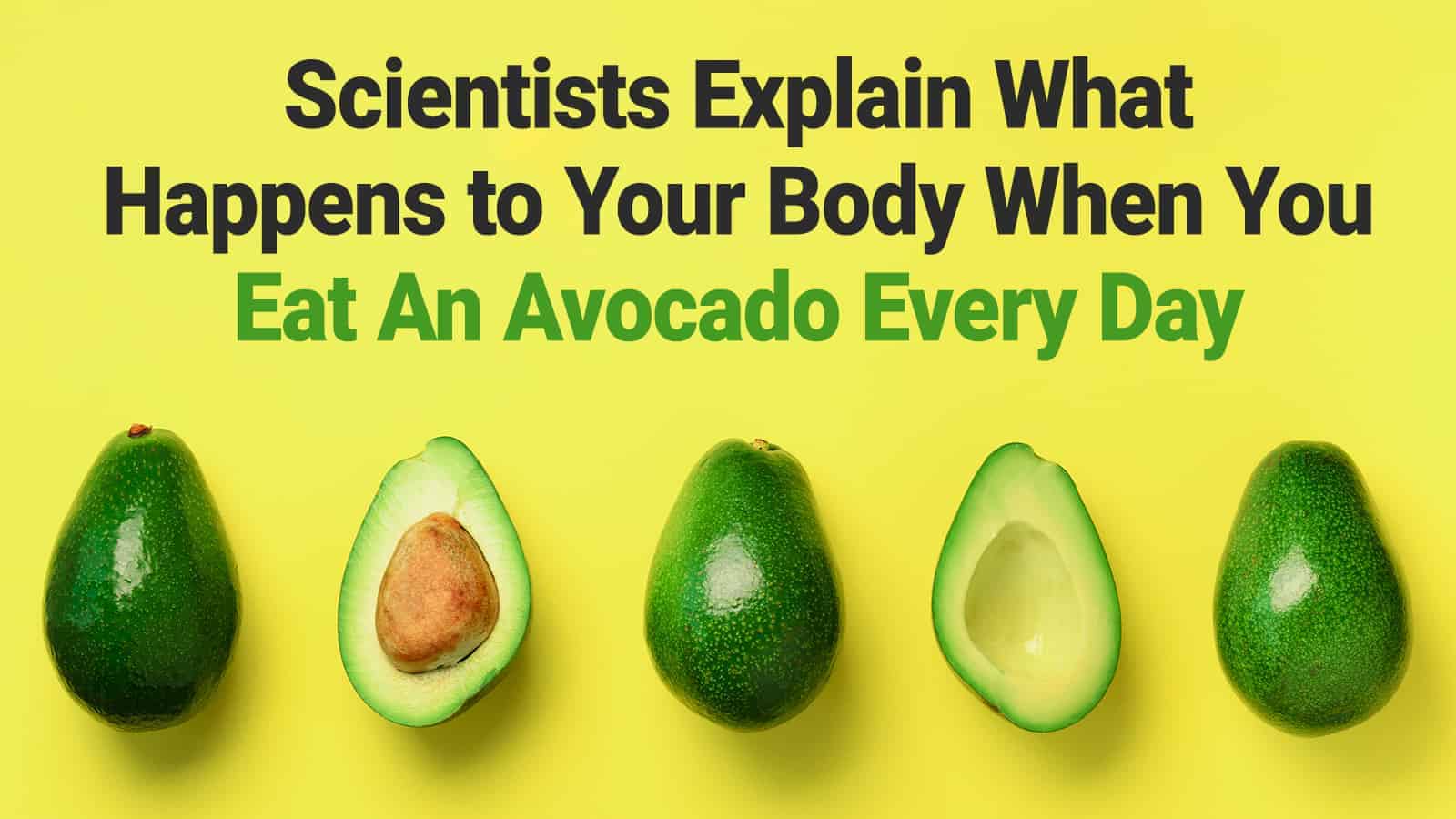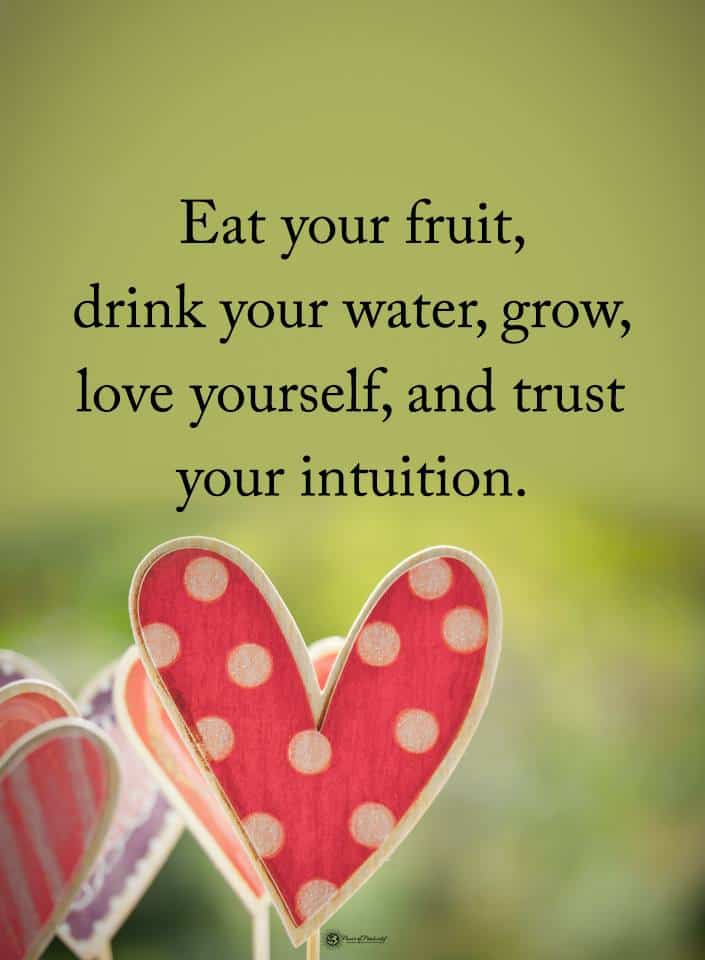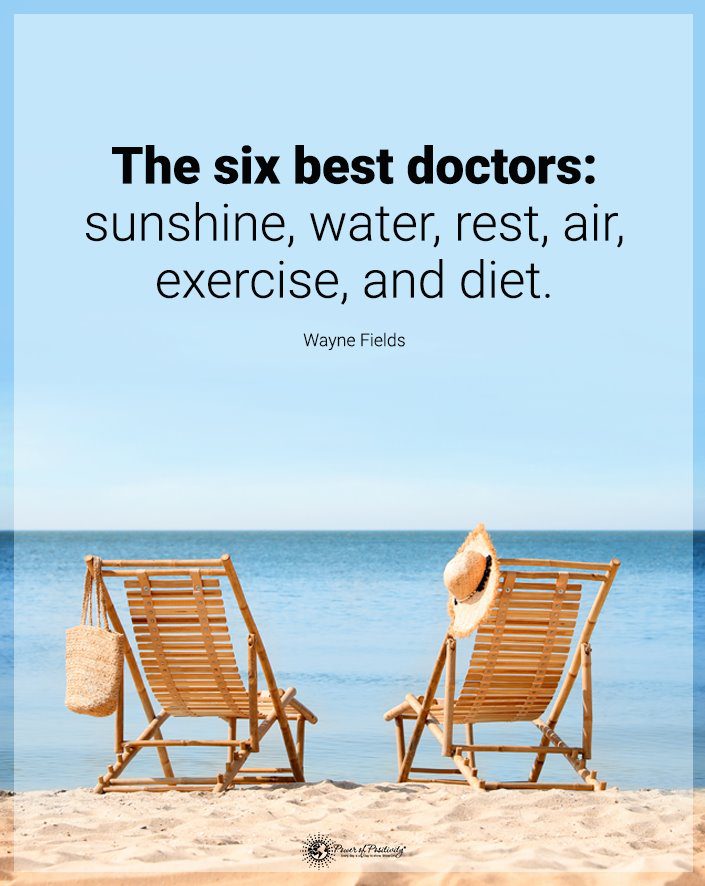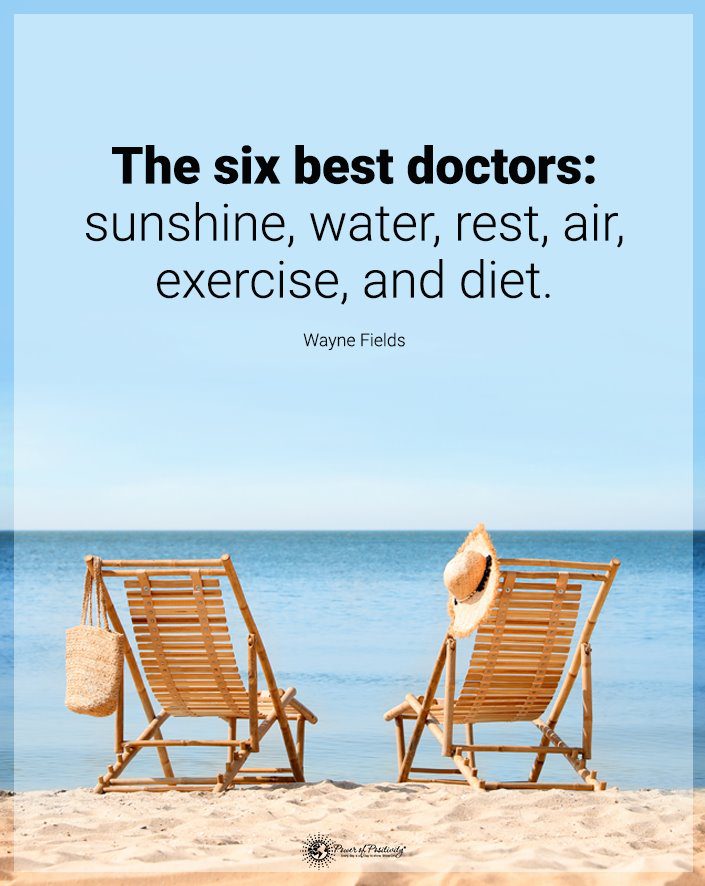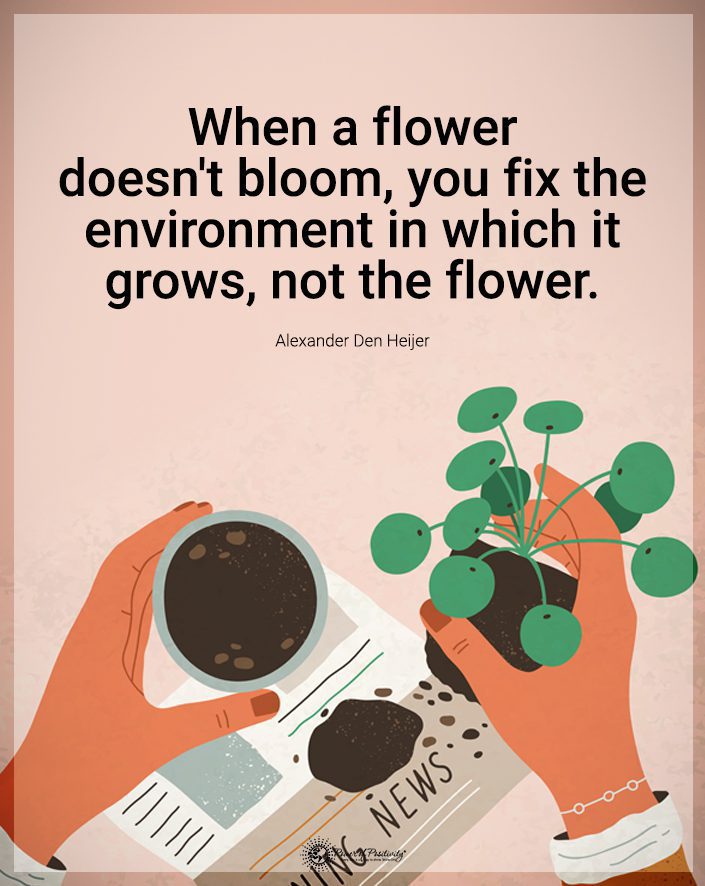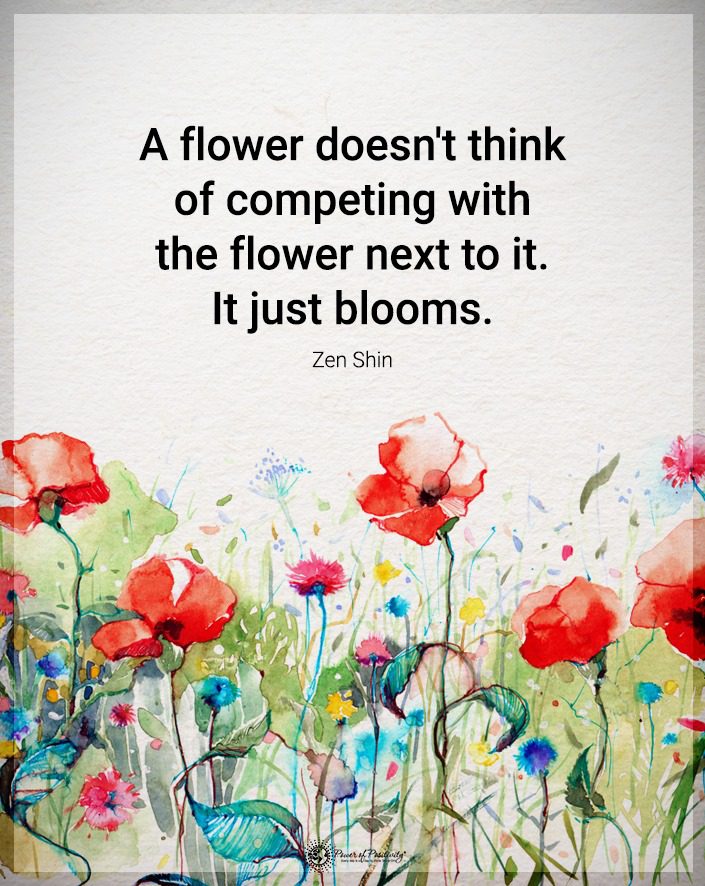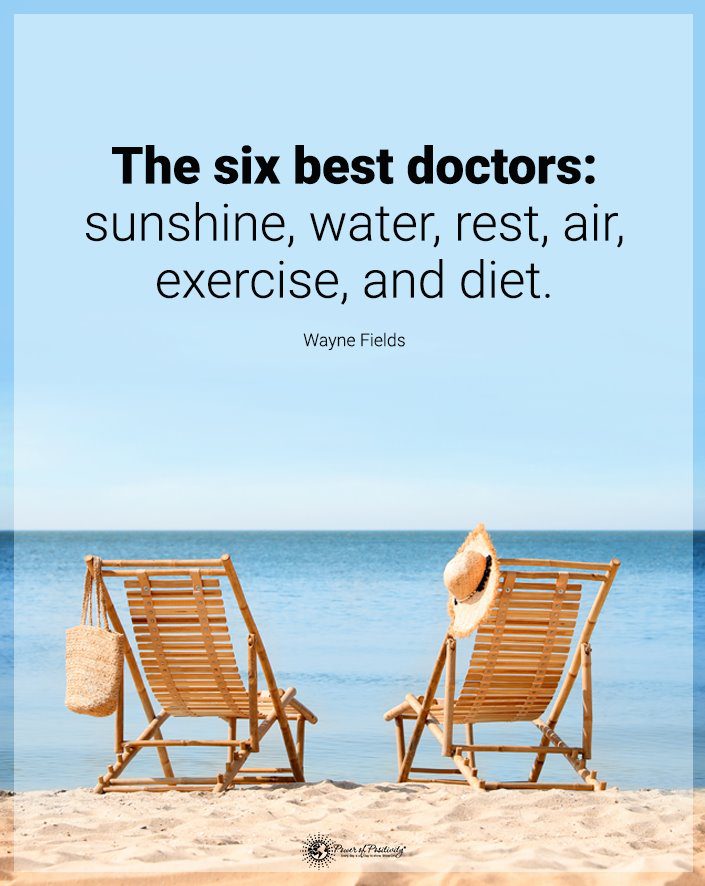The dating pool has never felt more immense thanks to dating apps and the internet; somehow, it has become more shallow overall. If you actively date, you are likely aware of how tough it is to find a compatible and committed partner. Why is finding love so tricky today? What is making it so hard for perfectly good people to find partners? Here are three reasons why today’s dating pool is so shallow.
1 – The Dating Pool Has Become More Of A Market
In the early modern days of civilizations, small towns and villages boasted few options in dating and settling down to start a family. You could even count the number of single individuals within your age range on both hands!
Dating was about who you had some minor compatibility so you could marry and have kids as soon as possible. It was essential to do so before you aged out of the so-called “dateable” range and everyone else found a partner. Keeping your options open and being noncommittal was not as feasible.
Not that having such a limited selection of potential partners was a good thing. This is merely to compare the dating pool of today and that of the past times. Now, we live in much larger towns and cities where we come into contact with hundreds, if not thousands, of singles daily. And, on top of that, we have access to the internet, where we can meet virtually anyone from anywhere in the world!
The ability to see and interact with so many potential partners has led to what experts consider to be the application of various principles of economics to relationships and dates. For example, instead of simply dating someone who catches your eye, you almost start to “shop around” for people based on your preferences and desires.
The Dating Pool Evolved In The Era Of Online Apps, While Holding On To Some Old Constructs
The concept of dating as a market where you attempt to get the “best deal” is far from new. People have used terms like “off the market” in dating for decades. But the way potential partners present themselves now, where there are thousands upon thousands of options for you to compare in the same way you’d compare two brands of the same product, is ultimately harmful. This is because:
- You have the desire to be more noncommittal, as you want to keep an eye out for a better option along the way
- You’ve got a list of specifications for what you think you want in a partner. As a result, you filter down potential partners by these specifications
- You may compare current partners to the partners of those around you, comparing the “value” of your partner and your own perceived “value” to determine the suitability
It’s incredibly tempting to view the dating pool like a market because if there is a market, that means it’s something you can play or manipulate. But, of course, this falls apart quickly, and anyone who’s tried to play the dating market in the same way as an economic market will soon discover this truth. This reality is because numerous flaws exist in the market metaphor regarding the dating pool. Consider these points:
-
Romantic Chemistry Is Unpredictable
People typically don’t know what they want when it comes to dating, only what they know they want. When they meticulously filter out potential partners and shrink their dating pool to their specifications, they accidentally miss out on people they would have genuine chemistry with. You become so hell-bent on meeting your soulmate through a series of false ideas of who that soulmate should be that you end up not finding love.
-
You Don’t Usually Buy Multiple Brands Of The Same One-Use Tool
When shopping for a vacuum cleaner or a coffee table, you aren’t aiming to diversify your selection after making your purchase. You don’t seek out a second coffee table for your already full living room, and you don’t simply shop around for more vacuum cleaners just for fun. Relationships, however, can involve multiple partners, especially given concepts like one-night stands, open relationships, polyamory, and other non-monogamous arrangements. This makes the so-called dating pool market unpredictable and difficult to gauge and analyze.
-
Everyone Interacts With The “Market” Differently
People have different needs and will shop accordingly in a market. But someone’s interaction with the dating pool market can change significantly over time. If it’s your first time playing the market, you’ll act differently than when you come back to it after months of failed dates followed by a long-term relationship and its subsequent breakup. As you age, you’ll also likely play the market differently. Of course priorities regarding a love partner at age 32 will be very different from what they were just five years ago.
-
Desperation Is Unattractive
It doesn’t affect much when someone is desperate for a product in a typical economic market. It might lead to poor financial decisions, but it won’t change your options. But in a dating pool’s market, desperation is infamously unattractive. Worse still, studies have shown that compulsive and frequent dating apps combined with loneliness decrease the chance of finding a partner for people of all genders. This creates a negative pattern – the more you fail to find a partner, the lonelier you become, making you more desperate, worsening your chances of finding a partner, and so on.
In other words, by repeatedly attempting to treat dating pools like an economic market – something that is so easy to do given the wealth of options available to us – we end up shrinking our dating pool, making it more shallow.
2 – Standards Within the Dating Pool Are Rising, Both In Good And Bad Ways
Standards for dating these days have skyrocketed. On the surface, this sounds like a good thing – and it can be! – but there are also several wrong ways that these standards have been affected. And regardless of whether a new standard is negative or positive, these standards mean that meeting them is more challenging. This happens because:
-
Social Media Creates A False Idea Of Love Between Attainable Partners
Whether you want it to or not, social media influences how you view the world. You see illusions of perfection, physical beauty, and unattainable standards online from different people, and in your mind, you incorporate these illusions into your idea of general people. You think you can easily find people who are this perfect. Therefore, everyone who falls too far short of these social media illusions seems like an unacceptable option.
This is, of course, a negative form of raised standards, encouraging shallow preferences and external factors instead of the value of someone’s personality, beliefs, and behavior. In reality, almost nothing on social media is entirely genuine. Even the most effortless selfies and videos involve some posing, preparation, and control, as people only want to show the best parts of themselves to the world. All of this combines to make love even more elusive.

-
Women Want To Love Emotionally Available Men
A recent viral study found that young, single, heterosexual men face fewer dating opportunities, leading to a rise in loneliness in this demographic. This trend is positive because women have gained higher standards for long-term partners. Heterosexual women and other women actively seek emotionally available partners who are adept communicators. In addition, they prefer those who have outgrown antiquated and sexist perspectives.
This is, of course, a good thing, and it encourages men to work on their issues and gives them space to be emotional and open. However, in the meantime, it shrinks the dating pool for those men, especially since breaking down generations-old constructs of masculinity is no easy feat.
-
The Internet Creates Ideas Of One-Size-Fits-All Requirements
As internet communities become more extensive and less private, people have shared their ideas of what a relationship and a partner should be. But not all of these shared ideas come from a community-driven consensus. Instead, all it takes is one person’s opinion going viral, and suddenly, that person’s idea of what is best as gospel.
Additionally, these requirements can change regularly based on the most popular talking point. There’s no one-size-fits-all match for a partner. Each person will have different chemistry levels with other people and will have unique boundaries and deal-breakers.
3 – The Deconstruction Of Old, Stigma-Filled Concepts Shapes Today’s Dating Pool
Let’s face it: the dating world has always had strange, regressive, and ultimately unhelpful concepts and constructs of what should and shouldn’t occur. However, these ideas are being deconstructed and replaced with more progressive views. While this is a positive thing overall, the adjustment period for these changes means the dating pool is shallower because:
-
Being Single By Choice Is Less Stigmatized
A few decades ago, it was customary to marry young and find someone to settle down with quickly. These days, that’s much less necessary. Instead, people want time and space to grow into proper adults with rich lives before settling down. While this has affected all genders somewhat, it’s exceptionally prominent for women.
Now that they’re able to have their careers, there’s less pressure to settle down with a man who will provide for them, and there’s more support for women who want to focus on their careers and stay single. Many individuals of all genders are happy being single long-term, with some finding friends to share a home and live platonic lives with.
-
There Is More Freedom About Who Can Love Whom
While people of all sexual identities have always existed under different terms and capacities, it wasn’t until recently that these became much more acceptable in the public sphere.
People feel encouraged to experiment with different people and find out what they like before settling down. This creates the irony of a larger dating pool being less interested in love or a long-term commitment, thereby shrinking the pool again.
-
What Made Someone A “Catch” Back Then May Not Matter Now
Standard ideas of what once made someone a sure catch are no longer as important today, and there are new ideas of what that may entail. For example, a man may have only needed a well-paying job decades ago to attract a partner, but now that people of all genders can work and earn their living, that’s much less important.
As another example, women decades ago may have only needed to showcase their adeptness at household chores to secure a partner. But now men are expected to do their share of work around the home, too. This means that people must bring more to the table, and getting stuck in the idea that you only need one or two good qualities to be an eligible partner will ultimately shrink your dating pool.

Final Thoughts On Some Reasons Why Today’s Dating Pool Is So Shallow
The topic of today’s shrinking, shallow dating pool is controversial and complex. Some factors influencing this are good, some are bad, and some are simply facts. Understanding these reasons can help you to find more success in your love life.


